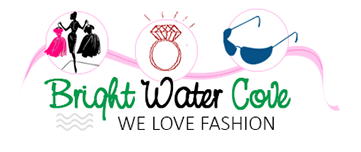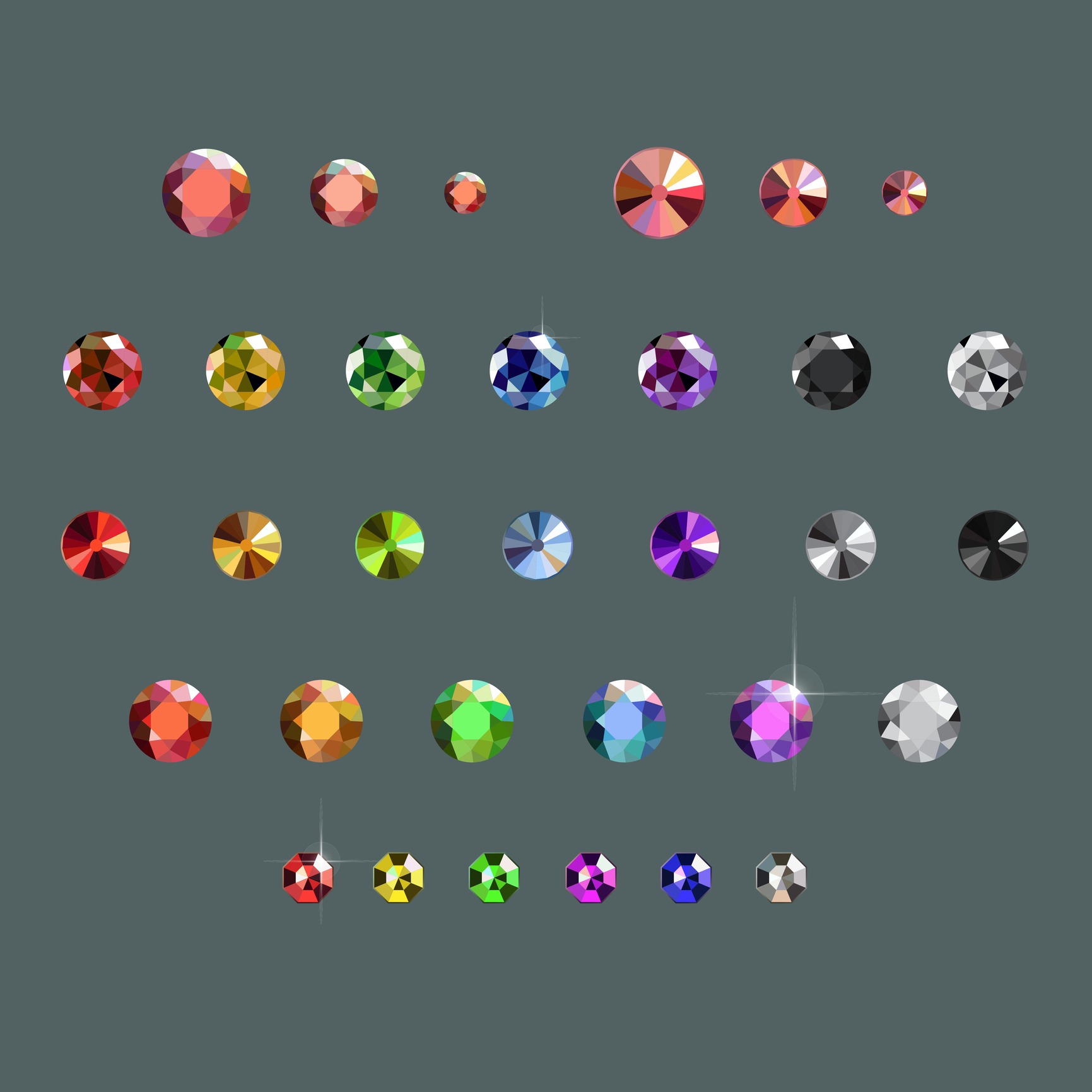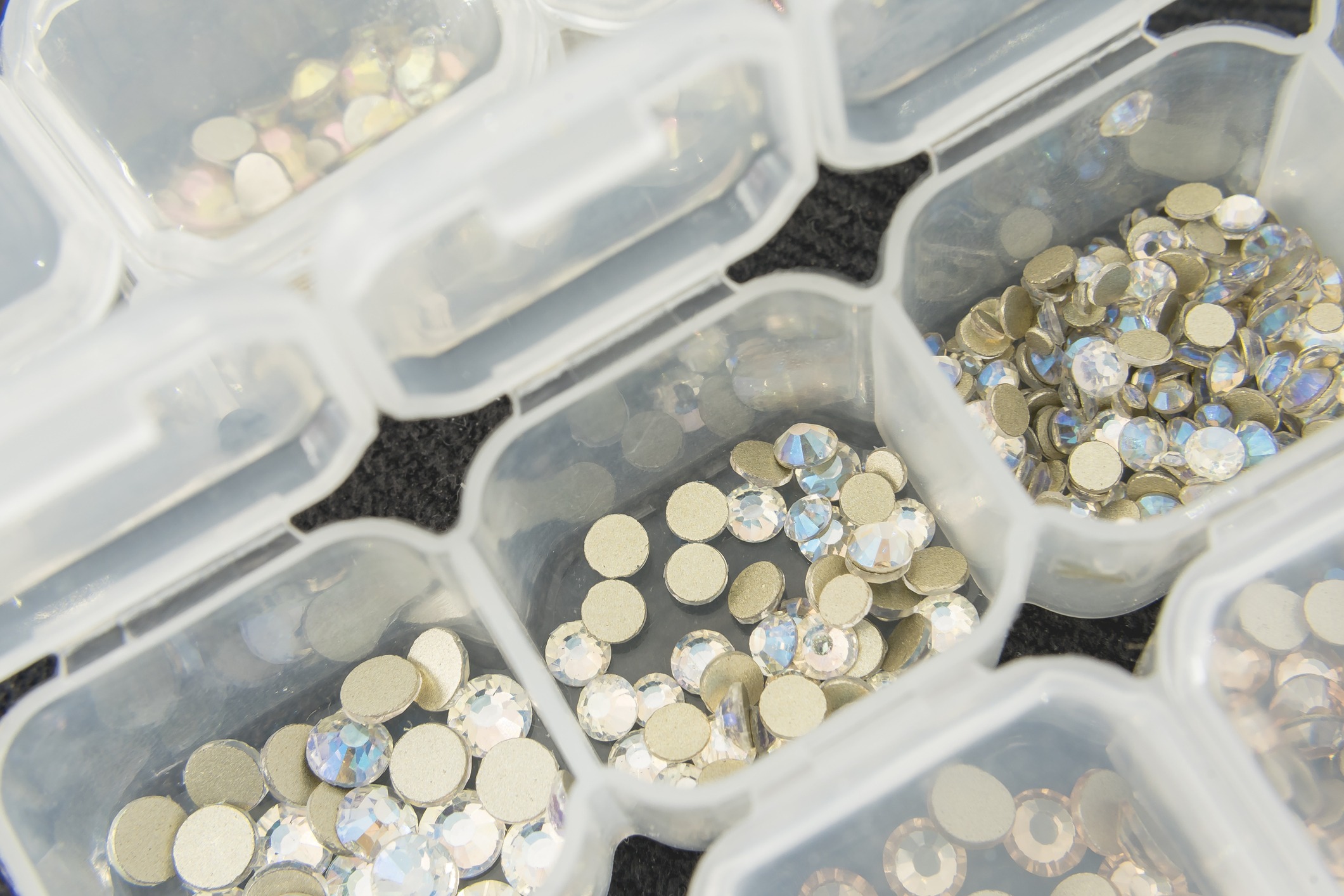Rhinestones could pass for diamonds, especially when added to a piece of jewelry. Besides being added as a design or material used in jewelry, they are also shiny designs added to brooches, pendants, hair crowns, wardrobes, and costumes, and can even be applied to the face along with a very flashy and artistic makeup.
About Rhinestones
Rhinestones are classified as “fake diamonds,” which can accessorize items or jewelry. They occurred naturally along the Rhine River in Europe and were first called rock crystals. Some references say that rhinestones were also visible on the highest and most extensive mountain range system in Europe, called the Alps. Today, the name “rhinestone” applies only to varieties of lead glass known as crystal glass, commonly known as lead glass.
In the 18th century, jewelers used these rock crystals, which are now called rhinestones (referencing the Rhine River), as a cheaper alternative to diamonds. One of the most notable increases in the availability of crystal glass was when the Alsatian jeweler Georg Friedrich Strass imitated diamonds by coating the lower side of lead glass with metal powder.
It was also in the 18th century that the founder of Swarovski (an Austrian brand name that makes precision-cut crystal glass), Daniel Swarovski, invented the machine for cutting and faceting crystal stones that enabled the mass production of rhinestones.
Types of Rhinestones:
Gluefix Rhinestone
This kind of rhinestone, also known as glue on rhinestones, is distinguished by its flat back, which makes it simple to glue on any surface, and requires external adhesive to stick. The foil at its back allows for the reflection of a large amount of light, which makes it shiny. This type of rhinestone is ideal for decorating craft projects like phone cases, diaries, scrapbooks, and the enhancement of tops, shirts, dresses, footwear, bags, purses, and more. Gluefix rhinestones are categorized into two types, although the same materials can also be present in other types of rhinestones:
Glass Rhinestone
Glass rhinestone has a silver backing to make it shiny and sparkly. They frequently have a matte finish that makes them resistant to tarnish. Water or rubbing alcohol can easily clean them.
Resin Rhinestone
Resin rhinestones have an aluminum layer that makes them shiny and sparkly, just as bright as a mirror. They are cheaper compared to glass rhinestones but have short durability.
Hotfix Rhinestones
Hotfix rhinestones are flat-back rhinestones made of glass that can withstand high temperatures. They have a glue layer at the bottom that can be activated when heated through an iron or hotfix gun.
Sew on Rhinestones
Sew-on rhinestones are flat-back rhinestones and are the type that can be sewn onto a piece of fabric. They are categorized into two types: one is with holders or catchers, and the other is with holes. Sew-on rhinestones are ideal for embroidery on fashion designs and traditional dresses. They don’t fall off easily and are easier to remove compared to gluefix and hotfix rhinestones. Here are some examples of rhinestones that can be sewn, although in some references they fall into another category of rhinestone:
Claw Rhinestones
Claw rhinestones come in glass and plastic and are sewn into the fabric to stick. The claw on the base firmly holds the rhinestones in place. The holes on the back of the base make it easier for the rhinestone to be sewn into fabrics and accessories.
Rim Setting
Another type of rhinestone with a sew-on setting. It has a metal rim with sew-on holes that hug the edge of the rhinestones.
Other Classification of Rhinestones
Rhinestones can also be categorized by their backside, and they include the following categories:
Flat Back Rhinestones
Almost all the types mentioned above have a flat backside. Although flat-back rhinestones shine less compared to pointed-back rhinestones, they are still mostly used because they have a flat surface that makes it easier to stick to fabrics and items.
Pointed Back Rhinestones
Designed to imitate the look of a diamond. Its pointed back makes the rhinestones shine even more.
Crystal Rhinestones
The material used can also be used to classify a rhinestone. The first two (glass and resin) were already mentioned under gluefix category. Crystal rhinestones are extracted from lead oxide that is added to the glass. Some brands that produce crystal rhinestones are more expensive than glass rhinestones.
Plastic Rhinestones
Plastic rhinestones are the most widely used and produced because they are low-cost, lead-free, light, and do not easily break. Resin rhinestones fall under this category. Acrylic rhinestone also falls under this category. They are transparent materials that are light and unbreakable and are easy to mold.
Where to Use Rhinestones and Tips on Using Them
- Rhinestones can be used in arts and crafts such as journaling and scrapbooking. They can also be used as home decorations on walls or on a blank canvas that can be hung on the wall.
- They can be attached or sewn into clothes and fabrics to enhance their design and appearance. There are different sizes and shapes of rhinestones, so just be creative and choose which one will fit and which will make your clothing more appealing and unique.
- To make sure that the design you are going to make will come out beautifully, it is best if you compose the design first on a sheet before moving them to the actual application.
- Rhinestones can be applied to the face as an enhancer of makeup or simply as the makeup itself. You can use tweezers to apply them in the perfect position. Most people who use them put the rhinestones around the eyes or above the eyelashes.
- Rhinestones can also be used as a design in shoes to make them attractive and flashy. They can also be used as a design in hairpins, brooches, pendants, earrings, necklaces, and bracelets.
- They can be a cute nail art design.
- Use the right material or adhesive for the rhinestones to not fall out, especially those that cannot be sewn.
Final Thoughts
Even though rhinestones can be considered as less expensive look-alike diamonds, they can still be used when designing items and pieces of jewelry and even on clothing.



